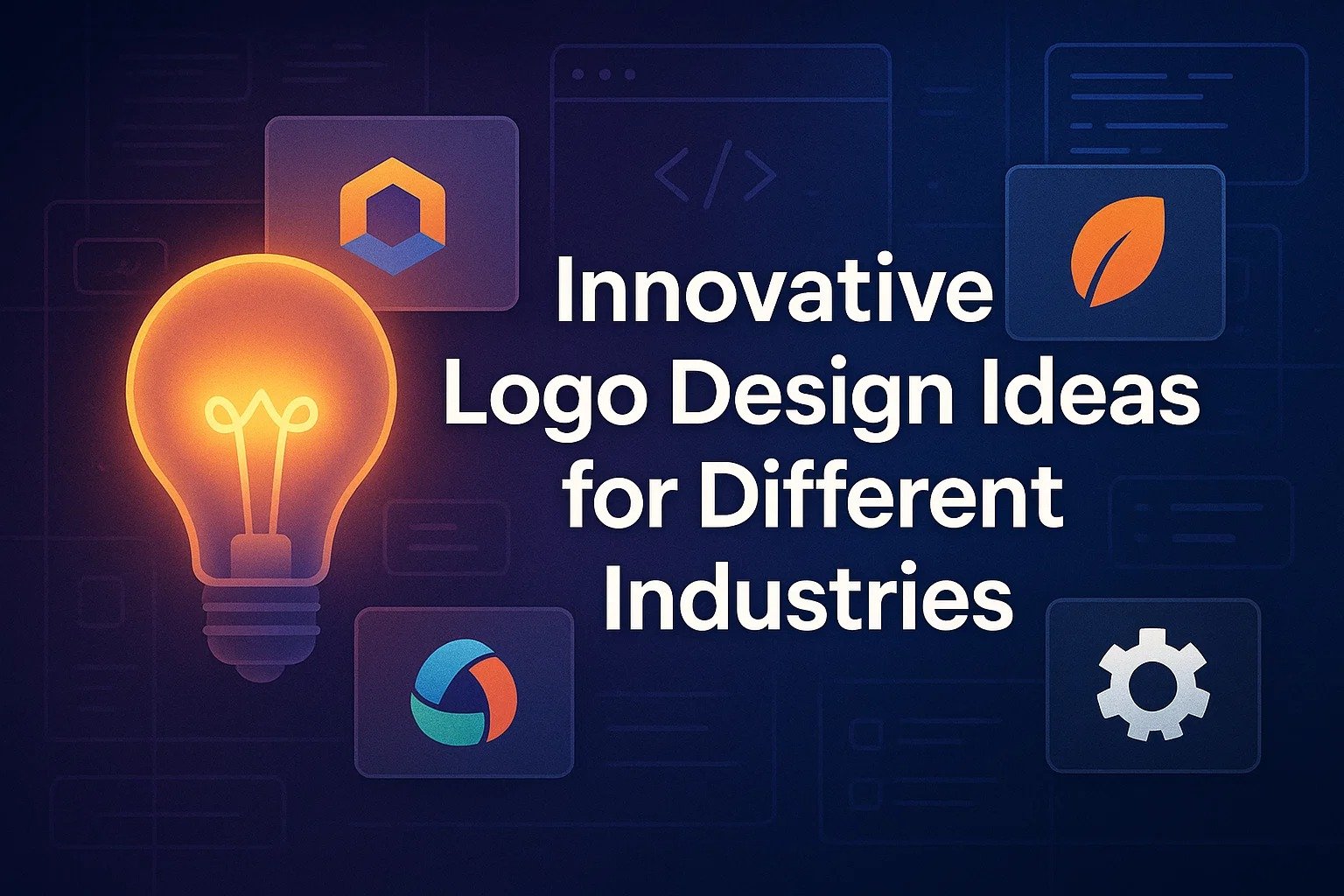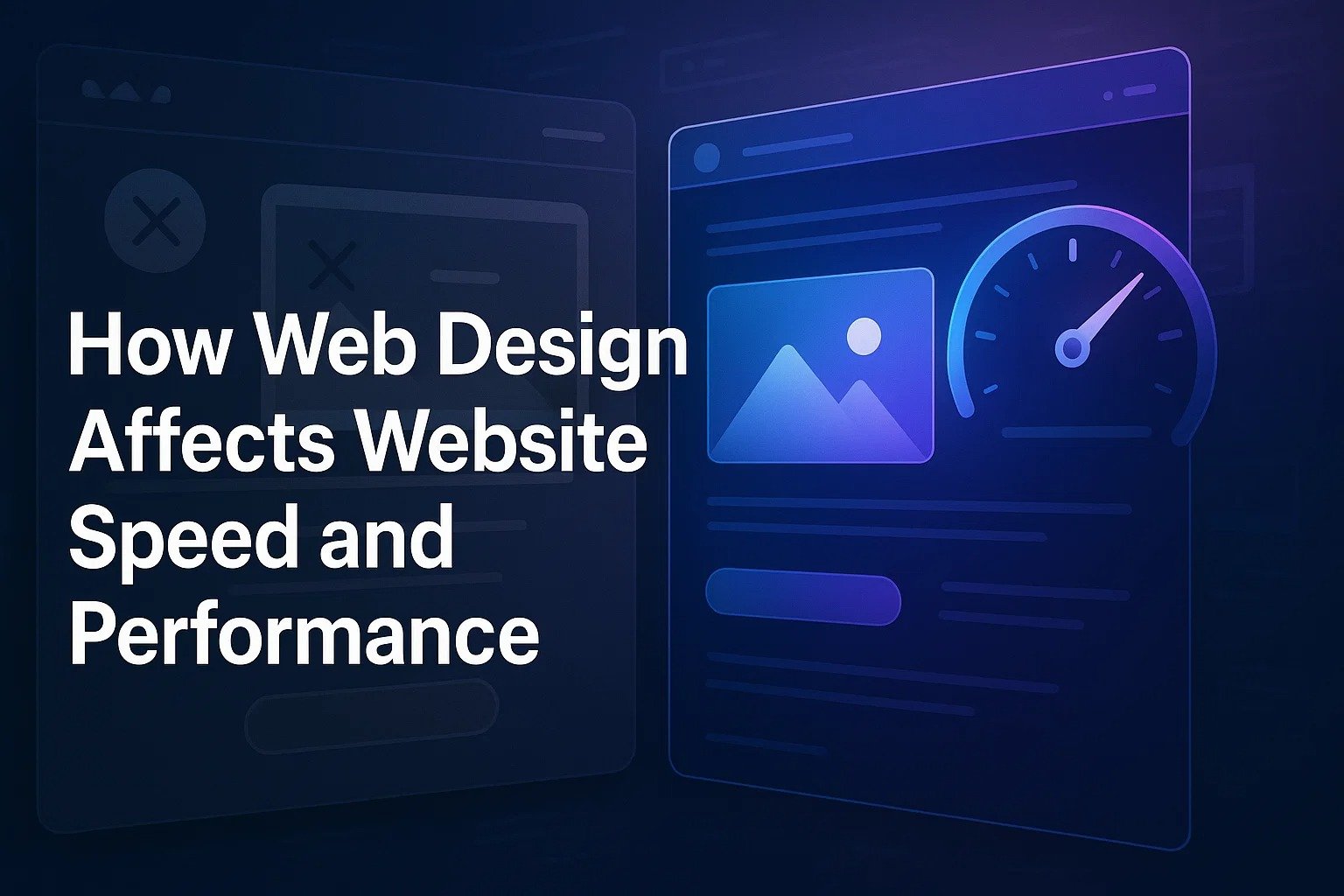The Perfect Logo File Format Guide
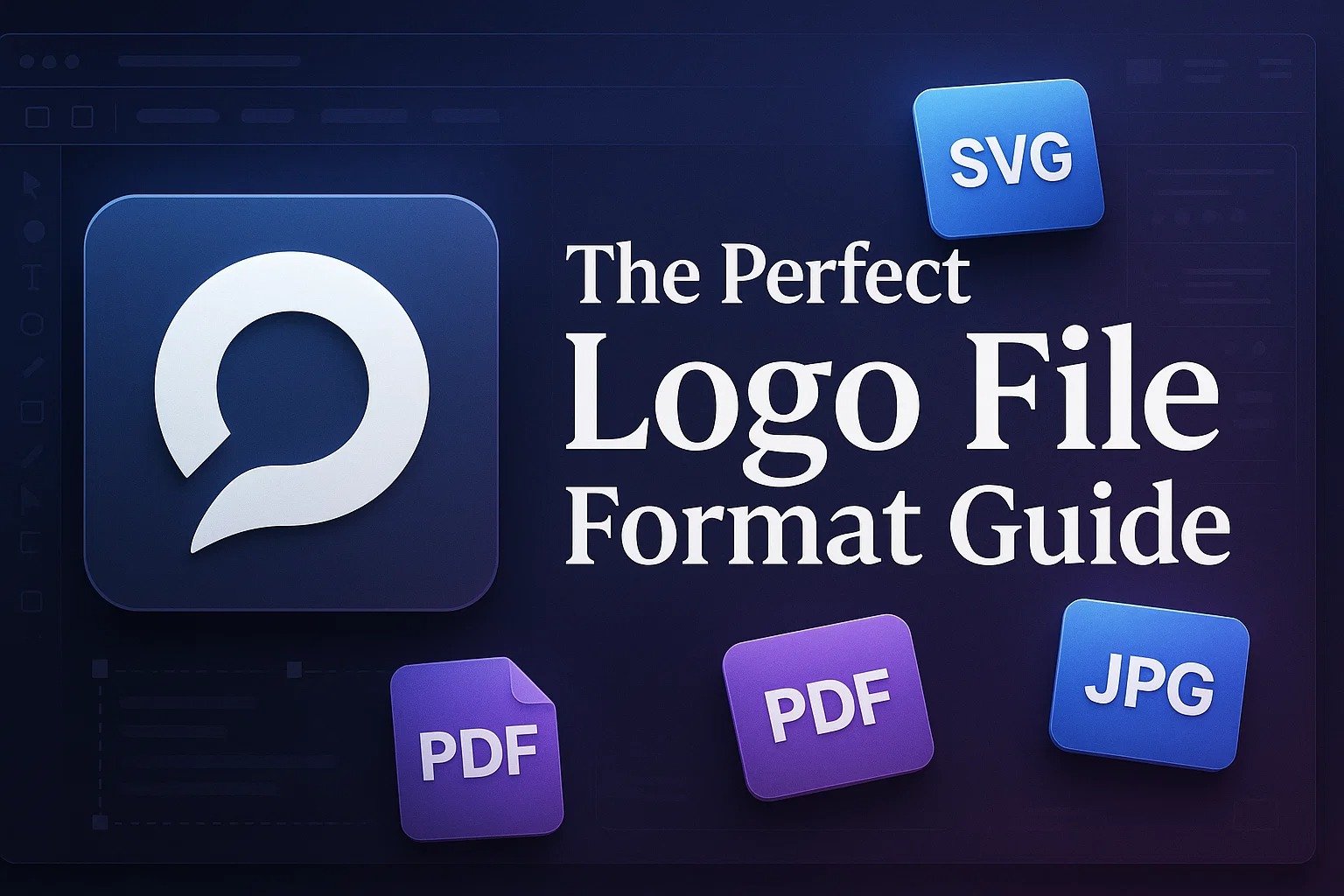
Have you heard that the wrong file format for your logo can make it look worse for your brand? Logos may be used on websites, social media platforms, and print media, therefore understanding the fundamentals of logo file types is critical.
The discussion in this article will include different logo formats, main features and common uses. So, you can make the decision that best meets your expectations.
The Most Popular Logo File Formats
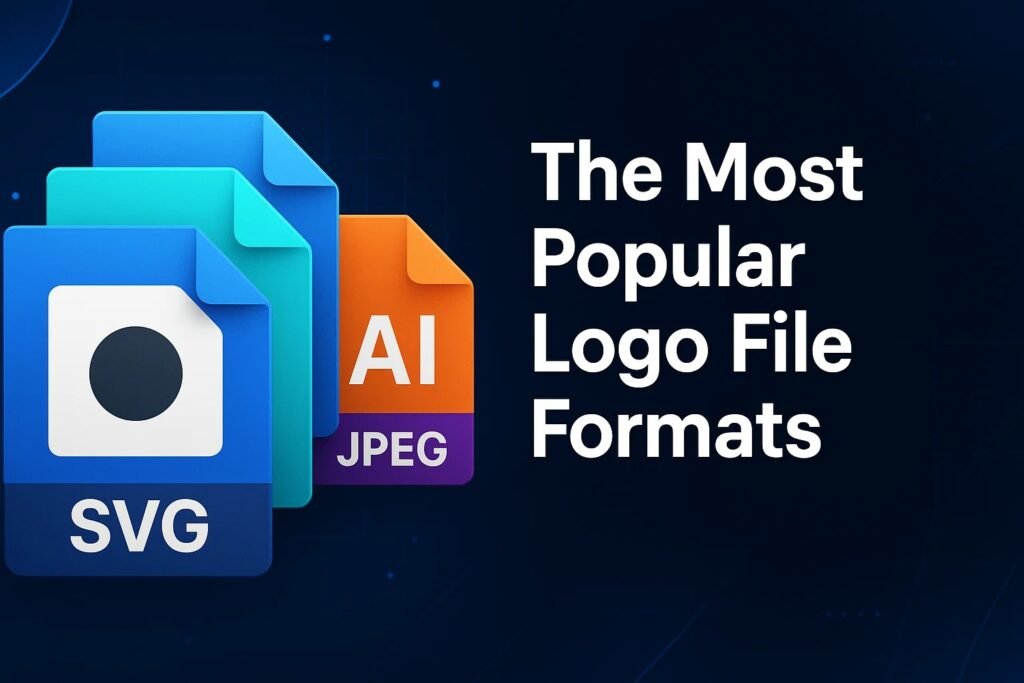
Let’s take a look at the various logo file formats, reviewing their key characteristics, benefits, and best uses:
AI (Adobe illustrator)
Adobe Illustrator is the design tool used to generate AI files for logos. They are vector files which means you can change their scale without lowering quality. Because of this, they can be used for web, print and large banner projects.
They are easy to change and can be used with other Adobe applications, so many designers like using them. If your logo needs to be changed frequently or utilized in a variety of forms, an AI file is an excellent choice.
EPS (Encapsulated PostScript)
EPS is commonly chosen for logos and provided in vector file format. Other software like Adobe Illustrator, Corel DRAW and Quark XPRESS work well with this document. One good thing about EPS files is that they can be printed in different sizes and still keep their quality unchanged.
According to the data, EPS files are the most often used file types in commercial printing. This is likely because they can be easily printed on standard printers without losing the original logo design quality.
SVG (Scalable Vector Graphics)
SVG is a vector-based web graphics format. Many people are choosing the format more these days, as videos shot in this way can easily grow larger without affecting picture or sound quality. Because SVG takes up less space than most raster images such as PNG and JPEG, it is an ideal format for web pages.
SVG usage has risen by 25% over the previous two years. This is due to the growing demand for high-quality, scalable images across many websites and apps.
PNG
PNG is a common choice for logos because it supports transparent backgrounds, which is great for logos that need to blend in. It also keeps images sharp and clear, even at high resolution. Many web designers like using PNG since it holds up well when the file size is reduced.
JPEG
JPEG which is widely used for images, is also regarded as a raster format. It works best for reducing file size which is ideal for making large images web-friendly. However, JPEG compression can reduce quality, especially in detailed or sharp images.
JPEG is the most common format for digital photos because it can shrink file sizes without losing too much quality. This means you get good-looking images that don’t take up a lot of space.
Having vector and raster images in PDFs allows for easy and clear storage of logos and other graphics. It helps maintain the layout and formatting which can differentiate and preserve essential logos and images in documents. PDF files are increasingly being utilized for print layout and online distribution. PDF files are increasingly being utilized for print layout and online distribution.
Thus, PDF is presently the most used format for exchanging documents since the text’s organization and structure are preserved even after copying.
TIFF
TIFF is a high-quality image format that works well with different colors. It’s often used for scanning photos because it keeps the details and looks very close to the original.
Because TIFF files are large, they aren’t good for websites. They’re best for situations where you need clear, detailed images, like printing or storing photos.
Quick Guide to Common Logo File Formats
| File Format | Description | Best Use Cases |
| AI (Adobe Illustrator) | Vector file editable in Adobe Illustrator | Best for print, digital use, and detailed edits |
| EPS (Encapsulated PostScript) | Vector file compatible with many design programs | Ideal for printing and scaling without quality loss |
| SVG (Scalable Vector Graphics) | Web-friendly vector file that scales well | Great for websites, animations, and responsive design |
| PNG (Portable Network Graphics) | Raster file with transparent background | Perfect for web use and logos needing transparency |
| JPEG (Joint Photographic Experts Group) | Compressed raster file, smaller in size | Best for web use when transparency isn’t needed |
| PDF (Portable Document Format) | Supports both vector and raster elements | Good for sharing, printing, and keeping layout intact |
| TIFF (Tagged Image File Format) | High-quality, uncompressed raster file | Used for high-resolution printing |
What File Format Is Ideal for Logo Design?
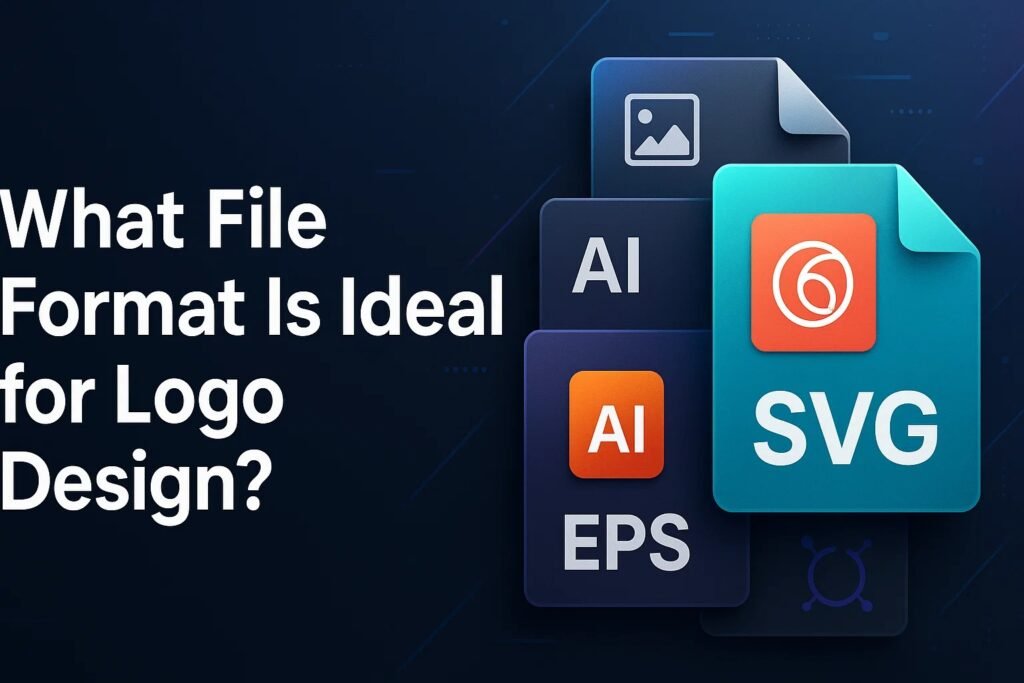
Picking the correct logo file format helps in making a high-quality logo that can be used on multiple types of platforms. There are various standard file types for logos and each has its particular qualities and benefits.
Vector vs. Raster Graphics: What Works Best for Logo Design?
Vector file types are ideal for logos because they can be increased or reduced without losing quality, making them scalable. This is especially critical for scalable logos, which range from web page icons to billboards.
Raster forms are commonly used for logos, however they are not suited for scaling since a change in size can significantly impact the logo’s quality. Bitmaps are better suitable for logos that will be used at a set size and do not need to be resized often.
At VareWeb, we always recommend having your logo in vector formats for flexibility and long-term use. But for specific digital needs, having raster versions can also be helpful. Not sure what you need? A professional logo designer can walk you through the best formats and make sure you’re fully covered.
What’s the Best File Type for Websites?
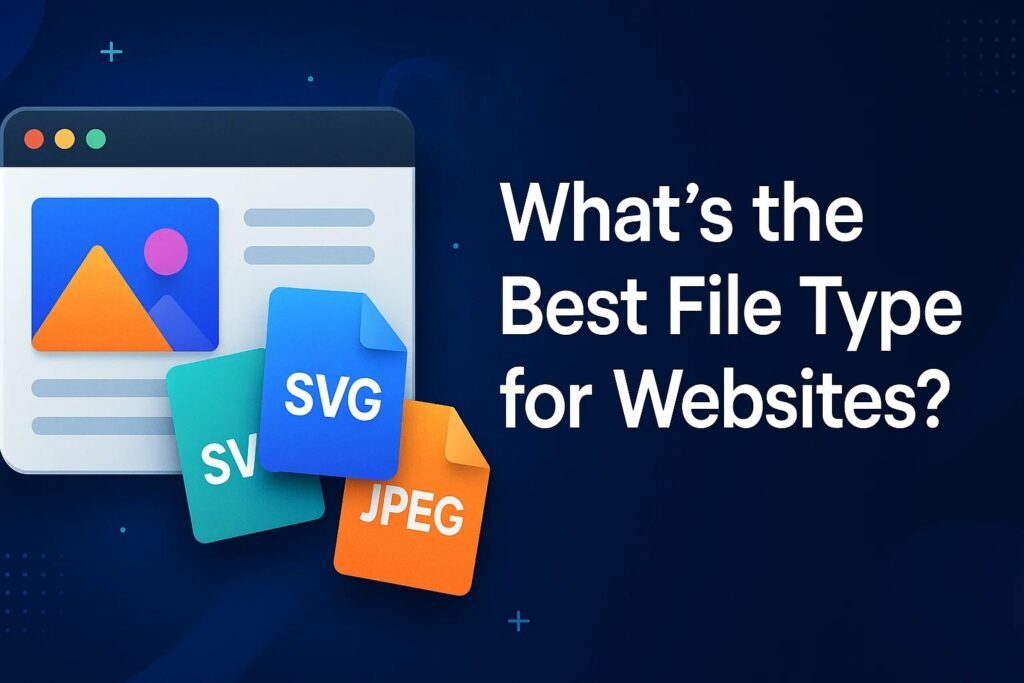
Because SVG files are very flexible, they are often used when creating logos for websites. SVG means scalable vector graphics, it’s an image that is created using mathematical formulas compared to traditional pixel-based graphics. Therefore, web developers do not need to add more software for them to match any website layout.
SVG use has grown by 25% in the last two years. They’re popular because they’re lightweight, load faster than PNGs or JPEGs, and keep graphics sharp on all screens—great for websites and apps.
Conclusion
Having the correct file format for your logo ensures that your brand looks its best in all places. It is valuable to learn when to use vectors and when to use raster files to get great quality. When working with VareWeb, clients are always directed on how to choose the right logo formats for their needs.
Take Your Business to the Next Level with VareWeb!
✔️ Bringing Your Ideas to Life – From custom software to powerful applications, we create solutions that work for you.
✔️ Practical & Results-Driven – Our team is dedicated to developing efficient, user-friendly, scalable technology that fulfills real-world needs.
✔️ For Startups & Enterprises – Whether you’re starting a new business or enhancing an existing one, we can help you remain ahead.
Let’s build something great together—what’s your next big move? Contact us today!
You may also like
Innovative Logo Design Ideas for Different Industries
Logos are strong visual tools that can distinguish your business...
Read More >>How Web Design Supports Branding
In an increasingly digital world, building strong and consistent web...
Read More >>How Web Design Affects Website Speed and Performance
Consider visiting a site and the page takes longer than...
Read More >>Ready to take the
next step?
- contact@vareweb.com
- Contact no: +1 (469) 20466-6031
- 5400 Preston Oaks Rd, Dallas, TX 75254, USA

